#circa 1862
Text
As one of the Good Omens obsessed people here....
I have rewatched and rewatched Season 1 and Season 2 oodles of times.😁
And notice more things...or I am overthrowing it... possibly both. 😅
My question for today is: Aziraphale his brown camelskin west and tan overcoat since we see him with Crowley in St. James park in 1862!
Why did he kept his wardrobe pretty much the same since then? What was so imprinting on Aziraphales style pretty much stopped there?
Was it that it was the very first time that Crowley openly asked him for help? Was there something else we might see in Season 3? 🤔


52 notes
·
View notes
Text

#historical fashion polls#fashion plate#fashion poll#historical dress#historical fashion#dress history#fashion history#19th century#19th century fashion#mid 19th century#late 19th century#19th century dress#circa 1860#1860s fashion#1860s dress#1860s#circa 1862
32 notes
·
View notes
Text
Gallery Collection 001

Published: 2-21-2024 | Updated: N/A
SUMMARY
This is the first in a series of upcoming investment objects for Sims 2 – things your sims can use to generate income over time. From 1975-2000, Anheuser-Busch, Inc. commissioned 30 paintings of African kings and queens for an extended outreach and marketing campaign. This set of paintings features artwork from this amazing series. Celebrate Black History Month 2024! #co2bhm #bhm2024 #sims2bhm.
*No copyright infringement intended – I own no rights to these images.
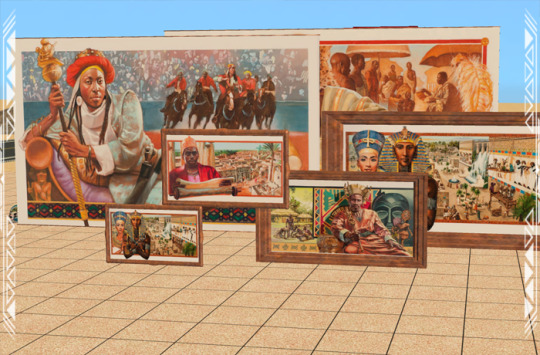

DETAILS
Requires Sims 2. Requires Apartment Life for shiftability.
§1K-15K | Buy > Deco > Wall Hangings
Paintings are centered on 1-tile but cover more tiles than that. They come in various gallery sizes and images have been edited to fit the mesh. After purchase, their value increases by approximately 2% daily – watch out for burglars!
Files with “MESH��� in their name are REQUIRED. Frame recolors include EA/Maxis and yeti textures. Frame and painting recolors are merged into two files so you’ll have to take them or leave them.
ITEMS
Great Kings & Queens of Africa: Paintings 001-006 (92-764 poly)
DOWNLOAD (choose one)
from SFS | from MEGA
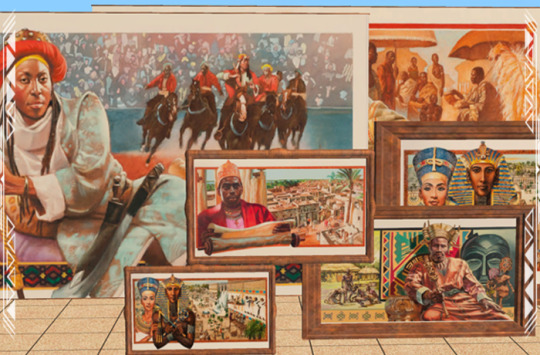

IMAGES
Akhenaton Pharaoh of Egypt (1375-1358 BC) by Barbara Higgins Bond
Alfonso I King of the Kongo (circa 1486-1543) by Carl Owens (1929-2002)
Askia Muhammaed Toure King of Songhay (1493-1529) by Leo Dillon
Benhanzin Hossu Bowelle—The King Shark (1841-1906) by Thomas Blackshear II
Cleopatra VII Queen of Egypt (69-30 BC) by Ann Marshall
Hannibal Ruler of Carthage (247-183 BC) by Charles Lilly
Hatshepsut The Ablest Queen of Far Antiquity (1503-1482 BC) by Dean Mitchell
Idris Alooma Sultan of Bornu (1580-1617) by Charles Lilly (1949-)
Ja Ja King of the Opobo (1821-1891) by Jonathan Knight
Khama III The Good King of Bechuanaland (1819-1923) by Carl Owens
Makeda Queen of Sheba (960 BC) by Debra Edgerton
Mansa Kankan Musa King of Mali (1306-1337) by Barbara Higgins Bond
Menelek II King of Kings of Abyssinia (1844-1913) by Dow Miller
Moshoeshoe King of Batsutoland (circa 1786-1870) by Jerry Pinkney
Mwana Ngana Ndumba Tembo—Ruler of the Angolan Tchokwe (1840-1880 circa) by Kenneth Calvert
Nandi Queen of Zululand (1778-1826 AD) by HM Rahsaan Fort II
Nefertari Nubian Queen of Egypt (192-1225 BC) by Steve Clay
Nehanda of Zimbabwe (1862-1898) by Lydia Thompson
Nzingha—Amazon Queen of Matambo (1582-1663) by Dorothy Carter
Osei Tutu King of Asante (circa 1650-1717) by Alfred Smith
Queen Amina of Zaria (1588-1589) by Floyd Cooper
Samory Toure The Black Napoleon of the Sudan (1830-1900) by Ezra Tucker
Shaka-King of the Zulus (1787-1828) by Paul Collins
Shamba Bolongongo African King of Peace (1600-1620) by Roy LaGrone
Sunni Ali Beer King of Songhay (circa 1442-1492) by Leo Dillon
Taharqa King of Nubia (710-664 BC) by John Thomas Biggers
Tenkamenin King of Ghana (1037-1075 AD) by Alexander Bostic
Thutmose III Pharaoh of Egypt (753-712 BC) by Antonio Wade
Tiye The Nubian Queen of Egypt (circa 1415-1340 BC) by Leonard Jenkins
Yaa Asantewa Queen of Ghana (1863-1923) by Barbara Higgins Bond
CREDITS
No copyright infringement intended – I own no rights to these images. Artwork and trademarks are the property of their respective creators and/or owners. If this exceeds fair use, please contact me via private message.
Thanks: Simming and Sketchfab Communities. Sources: Any Color You Like (CuriousB, 2010), Beyno (Korn via BBFonts), Console Certificates (d_dgjdhh, 2019; 2011), EA/Maxis, Gyeongbokgung Sajeongjeon Painting (National Heritage Administration, 2024 via CCA; Sketchfab), Great Kings and Queens of Africa Series (Anheuser-Busch, Inc., 1975-2000; Kentake, 2016), Offuturistic Infographic (Freepik), Painting by Zdzislaw Beksinski (Sosnowski, 2018 via CCA), Yeti Metals (Shastakiss, 2017).
76 notes
·
View notes
Text
Tiaras at Ajuda Palace
Last summer the new Royal Treasury Museum within Ajuda National Palace in Lisbon was opened to display the Portuguese Crown Jewels. The new museum was built using insurance money from the 2002 theft of some of the jewels when they were on exhibition in the Netherlands and was part of a larger restoration project of the palace. Find out more about visiting here.
youtube
The museum features several tiaras and a lot of other jewelry like the emerald bow brooch below that I just had to include.
Queen Maria Pia's Diadem of Stars by Estêvão de Sousa, 1868 with later alterations
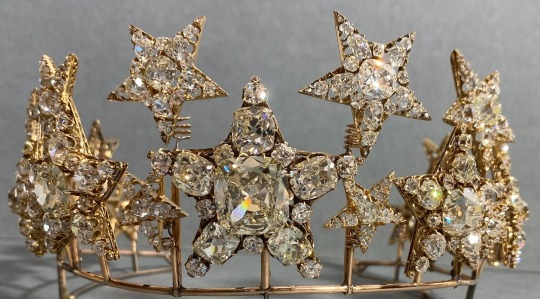
Queen Maria Pia's Laurel Wreath Tiara by Castellani, circa 1862 as a wedding gift from the city of Rome

Queen Maria Pia's Coral Tiara, circa 1862 as a wedding gift from the city of Naples

Queen Maria II's Sapphire Tiara, 1840s - This tiara is not part of the crown jewels and was sold at Christie's in 2021 for 1,948,558 USD but the new owner has loaned it to the museum.

Infanta Maria Ana's Emerald Bow Brooch, mid 1700s with later tassel addition

#tiara exhibition#Portuguese Royal Family#Queen Maria Pia#Queen Maria II#Queen Maria#Portugal#Castellani#coral#emerald#brooch#star tiara
96 notes
·
View notes
Photo

Gustave Courbet’s “La Ronde Enfantine,” painted circa 1862
The Fitzwilliam Museum
172 notes
·
View notes
Text

Scrimshaw and Polychromed Whalebone "love token" Busk “Harvest – J.W. Minor”, circa 1825-1862, depicting two whaling barks flying colors and flanking a South Pacific island and longboat out with 3 whales; The reverse with two customs houses flanking a steam-sail paddle wheeler with initials “N.S.”
29 notes
·
View notes
Text

THE DESCRIPTION OF SAINT PAUL MIKI AND 26 COMPANIONS
Feast Day: February 6
"I am not from the Philippines. I am a Japanese and a Jesuit Brother… Having arrived at this moment of my existence, I believe that no one of you thinks I want to hide the truth. That is why I have to declare to you that there is no other way of salvation than the one followed by Christians. Since this way teaches me to forgive my enemies and all who have offended me. I willingly forgive the king and all those who have desired my death. And I pray that they will obtain the desire of Christian baptism." -St. Paul Miki
The first martyr of Japan, Paul Miki was born to a wealthy Japanese family circa 1562 in Settsu, Osaka Prefecture in Kansai region. At a young age, he entered the Society of Jesus and preached the Gospel successfully.
The church had been implanted in Japan fifty years earlier, and counted over 200,000 Christians. In 1588, the Emperor claimed that he was 'God,' and ordered all Christian missionaries to leave the country within six months. Some of them obeyed, but Paul and many others remained secretly behind.
In 1597, Paul was discovered and arrested along with twenty-five companions. They endured tortures and derision through several towns, with their left ears cut off, before being taken to Nagasaki. After making their confession, they were fastened to their crosses, with iron collars around their necks.
Their valor and bravery were wonderful to behold. They gave thanks to God by singing Psalms 25 and repeating: 'Into your hands, Lord, I entrust my life.'
Standing in the noblest pulpit of the cross, Paul said to the people: 'I am a Japanese by birth, and a Jesuit by vocation. I am dying for the Gospel of Jesus Christ. I do gladly pardon the Emperor, and all who have sought my death. I beg them to seek baptism and be Christians themselves.'
Then, four executioners unsheathed their spears and killed all of them in a short time. Their faces were serene, while they kept repeating: 'Jesus, Mary!'
On June 8, 1862, Pope Pius IX canonized him and his twenty-five companions.
#random stuff#catholic#catholic saints#jesuits#society of jesus#paul miki#paulo miki#pablo miki#peter bautista#pedro bautista#twenty-six martyrs of japan
30 notes
·
View notes
Text

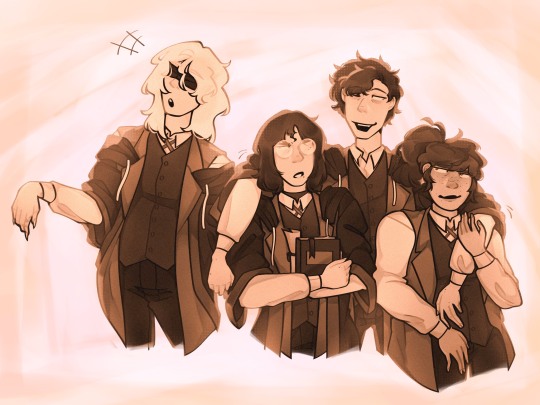
Caryll, Laurence, Micolash and Rom, seen walking together on campus—Byrgenwerth, circa 1862
#bloodborne#runesmith caryll#laurence the first vicar#micolash host of the nightmare#rom the vacuous spider#bloodborne fanart#fromsoft#fromsoftware#fromsoft games#lovekilldraws#what if they were all friends huh.#what THEN#the amount of hcs in this is innumerable#theyre my sillies <33
57 notes
·
View notes
Text



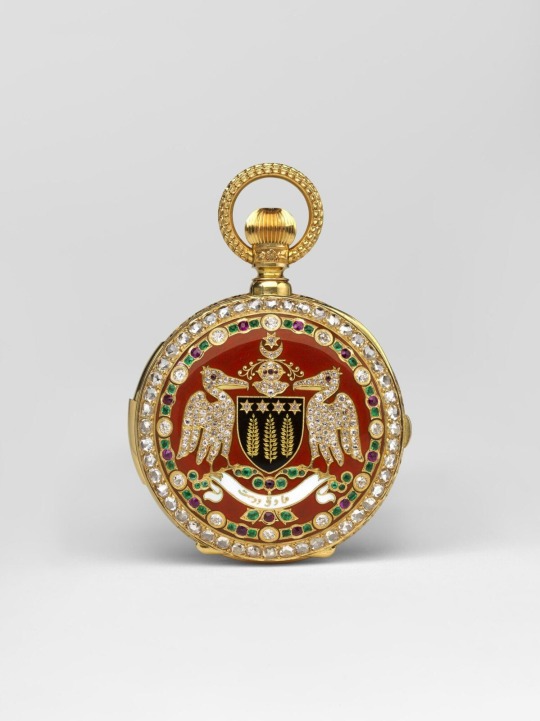
John Graff, Gold Hunter Case with Monogram and Coat of Arms of the Nawab of Bhawalpur Sadiq Muhammad Khan Abbasi IV, Circa 1890, Switzerland. Enamel, rubies and diamonds, 18k gold.
This extraordinary Minute Repeating pocket watch is a historically important timepiece and masterpiece of the horological arts. The watch features in its case the portrait of the Nawab of Bhawalpur, Sadiq Muhammad Khan Abbasi IV, and is signed JG. John Graff (1836-1902), the foremost Swiss portrait painter in enamels of the late 19th century.
The front of the case is superbly ornamented with the initials SMKA (Sadiq Muhammad Khan Abassi) and each of the letters, outlined in gold, is inset with precious stones – the letters S and M are inset with diamonds while the letter K is inset with emeralds and A with Burmese rubies. These rest on a background of red champlevé enamel. The circular case cover is further ornamented along its internal diameter with a sequence of diamonds at each of the hourly points and, between these can be seen a sequence of two emeralds flanking a central ruby. Beyond this circular border, a second circular register features a spectacular arrangement of diamonds.
The back of the case is decorated with the official blazon of the State of Bhawalpur, which consists of a shield, as usual in sable (black), three palm branches palewise in fess (gold), or, in chief four double quatrefoils argent seeded as diamonds on a gold background. On the crest, and above the shield, the helmet and gorge of a suit of armour (diamonds on a gold background); above that, on the upper part, a double branch in gold and, at the top, a seven-pointed star of diamonds on gold resting on a crescent argent. At the sides of the blazon as supporters, two pelicans, rousant argent billed and membered are shown with rubies for eyes and standing on an undulating branch of emeralds and a Burmese ruby. Below that, the escroll in white enamel with the family name ‘Abbasi’ in Urdu.
Behind the case front, the movement is a wonder of complications, at the time considered at the forefront of technical innovation – a perpetual calendar, a Moon phase, and a split-second chronograph as well as a Minute repeater. On a gold background, the dial contains radial Roman numerals with a bead-set diamond between each. The outer minute scale and other dial numerals are Arabic. Bead-set Burmese rubies are seen beneath the day and date dials.
Behind the obverse side of the case, the portrait of the Nawab shows him in three-quarter angle and dressed in ceremonial red costume with gold braiding. Around his neck is a heavy necklace of pearls between pairs of alternating emeralds and rubies. On his head, he wears a Bhawalpuri turban with cascading ropes of pearls and rubies. On the perimeter of the circular portrait, we observe the initials JG (John Graff). Encircling the portrait, on the gold frame, a sequence of arches are delicately engraved in millegrain design.
Above the case, a heavy pendant emerges and leads to the segmented crown; above that, the circular bow is ornamented with a braided surface.
The Nawab of Bhawalpur, Sadiq Muhammad Khan Abbasi IV (1862-99) was a young prince with immense wealth and eclectic taste. He famously commissioned an extraordinary silver bed by Christofle with moving automatons of four nude life-size bronze ladies representing European beauties, which winked and fanned him as music played. He was also a refined aesthete of the Muslim dynasty that claimed descent from the Abbasid caliphate. A great collector of gemstones, famous for his collection of Mughal spinels and rare artefacts; his glamorous and flamboyant attire and coiffure were a seamless synthesis of mysticism and haute couture.
Courtesy Alain Truong
18 notes
·
View notes
Text

Siege mortars at Yorktown, Virginia, circa 1862
35 notes
·
View notes
Text
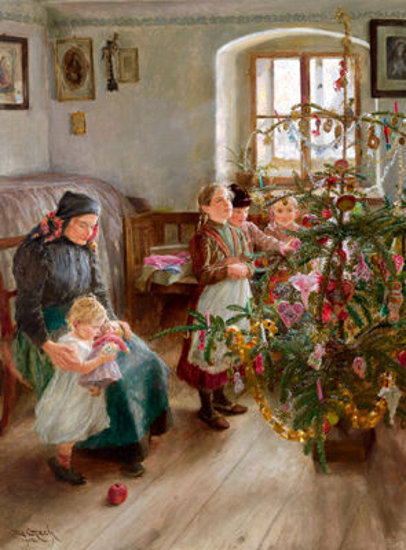
'Christmas' (circa 1910) by Emil Czech (1862 – 1929).
Wikimedia.
18 notes
·
View notes
Note
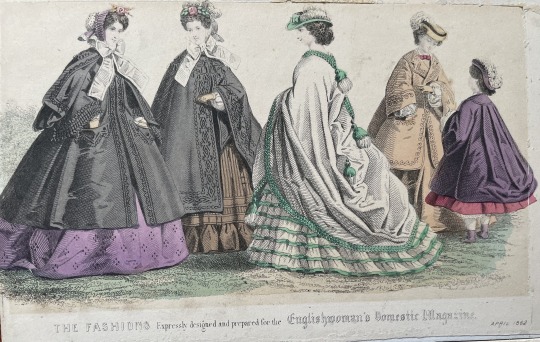
1862
#historical fashion poll submission#historical fashion polls#fashion poll#historical dress#historical fashion#dress history#fashion history#fashion plate#19th century#19th century fashion#19th century dress#mid 19th century#late 19th century#circa 1860#1860s fashion#1860s dress#1860s#circa 1862
26 notes
·
View notes
Text

you can hold me (when punching mattresses gets old)
link: 5,7k words, 1/?, enemies to toxic fuck buddies to lovers
Charles is hungry. He’s hungry like a dog at the end of a chain, desperate for a scrap of food. He’s starving for victories, for anything really, and he just wants to take and take and take. He will eat any crumb that is thrown his way, and what he isn't given he will take.
Max is there.
or
Charles goes a bit insane and Max tries to understand their relationship without much success.
---
Shameless self repost while I finish the chapter that should have been out two weeks ago :)
picture by Calude Monet, "Still life with meat", circa 1862-1863, oil on canvas, Musee d'Orsail, France.
#f1blr#formula 1#lestappen#charles leclerc#max verstappen#fic#fanfic#fanfiction#i am a fraud#and a liar#self repost
25 notes
·
View notes
Text
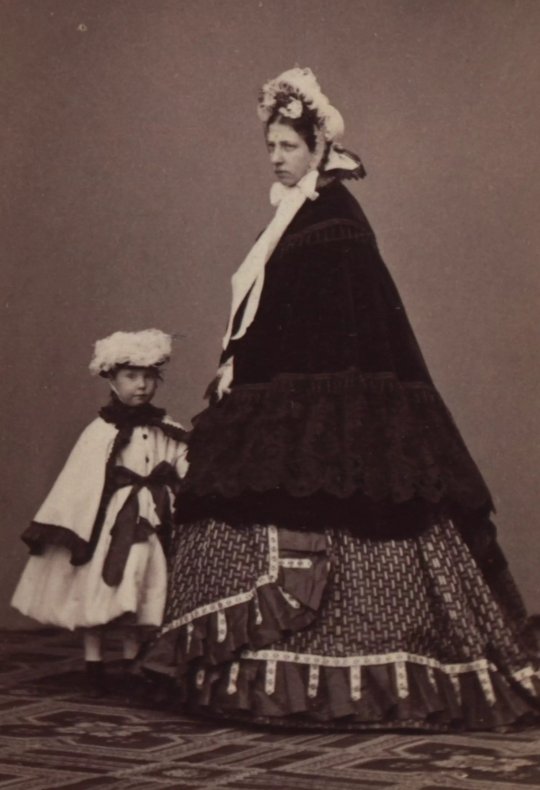
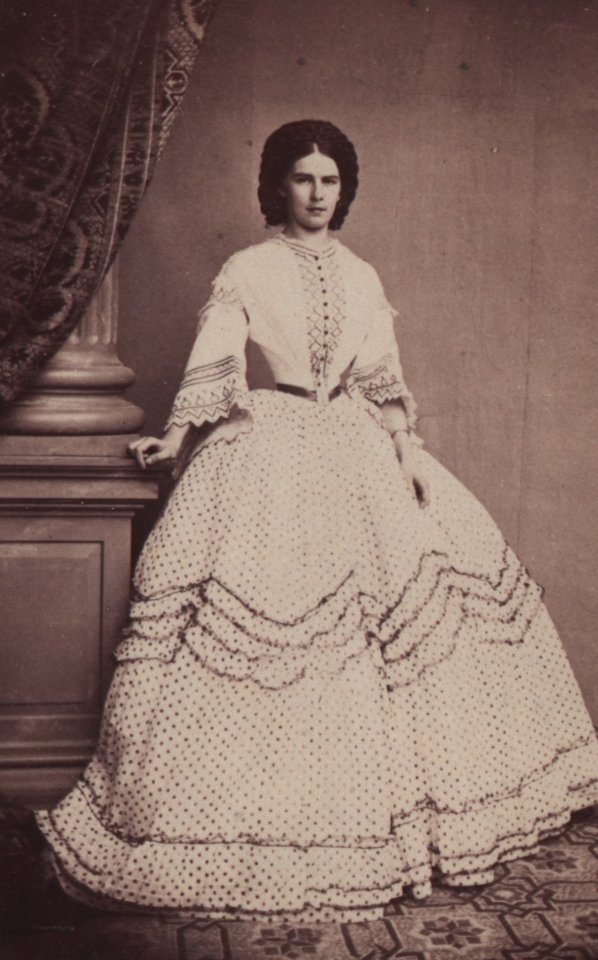
Elisabeth's grand mistress of the court [Oberhofmeisterin], Countess Esterházy, with whom she had never felt comfortable, remained in Vienna. Archduchess Sophie had no say in the choice of Elisabeth's travel entourage. She complained to Franz Joseph's brother Karl Ludwig about the lack of trust: the advice she had given Franz Joseph had been nothing more than “fruitless attempts”. Thus Sisi was not accompanied to Madeira by her grand mistress of the court, but by her new deputy, Princess Mathilde Windisch-Grätz. The latter had only been appointed as Elisabeth's lady-in-waiting in 1860 and had endeared herself to her from the very first moment. Mathilde's husband had died in the Italian campaign of 1859; the empress had shown compassion for the grieving young widow, left with a small child, and the two became friends. Mathilde's brother was not surprised that she had agreed to go: “That Mathilde would comply with the Empress' wishes was to be expected, given the personal relationship between the two, but the responsibility for this undertaking, so infinitely serious in every respect, is great”. The appointment of Mathilde as deputy grand mistress of the empress's court aroused some astonishment. Archduchess Therese was furious: “Countess Esterházy is being sidelined in a very strange way. In her place, the young Mathilde Windisch-Grätz goes to Madeira; it is also strange that the latter leaves her small child behind”.
Mathilde was an intelligent and thoughtful woman who did not allow herself to jump to conclusions about people. She tried to look at Elisabeth without prejudice and not let herself be influenced by the opinion of the court society. During her stay in Madeira she kept a diary: reading it would be instructive, as the young deputy to the grand mistress of the court gained a deep insight into the empress's nature. But she was in doubt as to whether she would pass on her private notes on Elisabeth to posterity, who would hardly get a correct idea of her complex personality. That is why she left his brother to decide whether or not the diary should be kept. The comments on her relationship with Elisabeth and her character contained therein are, in their frankness, more interesting than what most contemporary women were able to report. “If you think,” Mathilde wrote to her brother, “that what I have written is detrimental to the existing opinion of her [Elisabeth], see to it that no one else but yourself can read it; and do not judge her too harshly; tell yourself that if, after the undeniably difficult hours she has given me, I still cling to her with such a warm and intimate love, there must be more in this woman's nature than the public can recognise. One has to know her exactly as I do, at least as long as I have lived in close contact with her world, to be able to correctly judge some of her faults, unfortunately, but also the qualities of her character. God bless her, I have few more ardent desires”. Alfred Windisch-Grätz eventually decided to destroy his sister's diary.
Winkelhofer, Martina (2022). Sissi. La vera storia. Il camino della giovane imperatrice (Translation done by DeepL. Please keep in mind that in a machine translation a lot of nuance may/will be lost)
Pictured: Princess Mathilde with her daughter Eleonore, by Ludwig Angerer, circa 1862 (left); Empress Elisabeth, by an unknown photographer, circa 1860 (right). Via the Wien Museum.
#fell to my knees when i learned this. alfred WHY#elisabeth's first lost media#empress elisabeth of austria#princess mathilde windisch-graetz
14 notes
·
View notes
Text
#OTD in 1862 – Guinness formally adopts the harp as its symbol.
Guinness uses the harp of Brian Boru, or Trinity College Harp as their trademark. This circa 14th century harp which is still visible at Trinity College, Dublin has been used as a symbol of Ireland since the 16th century. Guinness adopted the harp as a logo, however it is shown in a form that faces left instead of right as in the coat of arms.
The harp is also the official national emblem of the…

View On WordPress
#Arthur Guinness#Brian Boru Harp#Dublin#Guinness#Harp#History of Ireland#Ian C. Whitworth Photography#Ireland#Irish History#St James Brewery#Trinity College#Trinity College Harp
7 notes
·
View notes
Text

"In a battle, Both forces are connected in one thing; Death."
-Cardian Lieutenant-General Lopwin H. Kireland during the Cardian-Rabeneed War circa 1862
9 notes
·
View notes